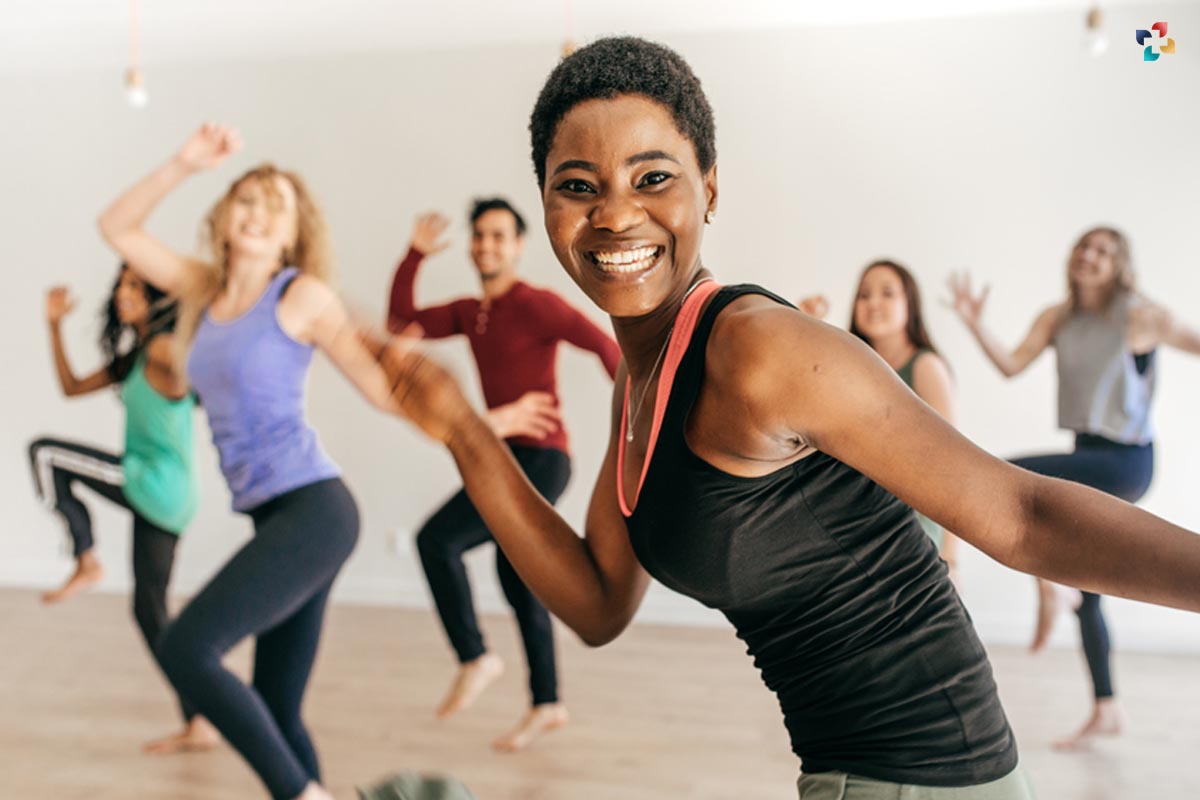The COVID-19 epidemic disrupted the workout routines of a great number of individuals. If you are a professional in the field of health and exercise, you may be asking how you may reengage with clients and motivate your clients to exercise in return safely to a regular exercise regimen. Continue reading for three actionable tips that can help you get more out of your workouts.
Here is How to Motivate Your Clients to Exercise? Here are the Top 3 Ways;
1. Determine the level of preparedness for physical activity that your client has
The term “readiness” refers to the mental condition of a person as well as their degree of readiness to take action. The Stage of Readiness was first introduced in Prochaska and DiClemente’s (1983) Transtheoretical Concept (TTM) as a way to understand the process of quitting smoking. However, the model has subsequently been extended to a variety of other healthy activities, such as getting more exercise. When seeking to modify a health habit, people go through a progression of five phases of preparedness, as described by the TTM, which are as follows:
People who are now in the pre-contemplation stage of the exercise decision-making process do not have any plans to start an exercise routine in the near future. It is very unlikely that they even consider their lack of physical exercise to be an issue or a danger to either their quality of life or their health. Those who are in the contemplation stage are not yet active, but they have plans to raise their level of physical activity in the near future. They are aware that they may have to overcome a number of obstacles before beginning (or continuing) an exercise program.

During the preparation stage motivate your clients to exercise, you will prepare yourself both emotionally and physically to become more active in the near future. This stage is defined by the following: People who are at this stage may already be participating in some kind of physical exercise, but they are likely not fulfilling the Physical Activity Guidelines that are advised to enhance their health.
Individuals who are performing regular physical activity and accumulating the recommended 150 minutes of moderate-intensity (for example, fitness walking) physical activity per week but have been doing so for less than six months are said to be in the action stage. This stage is used to describe individuals who are in the action stage. Once they have kept up with their exercise routine for at least six months in a row, exercisers are able to advance to the maintenance stage of their fitness journey.
Once you have determined the stage of preparedness a client is in, you will be able to adopt tactics that are stage-appropriate in order to improve their desire to exercise. People who are in the preparation stage, for instance, could be excited to restart their fitness regimen, but they might also have legitimate anxieties about exercising inside with other people. It could be helpful to motivate your clients to exercise by locating exercise alternatives outside (such as nearby parks and trails) or virtual exercise possibilities in order to motivate them to start moving again.
2. Create Enjoyable Exercise Experiences

Exercise persistence is positively connected with fun, enjoyment, and pleasure from the activity. Despite the fact that this may seem to be self-evident, pleasure is likely one of the most underutilized and neglected methods in exercise adherence to motivate your clients to exercise. Clients who have not been physically active for the last year and who begin exercising for the first time after a hiatus may discover that their exercise tolerance is much lower than it was in the past.
They may be eager to recover to the level of fitness they had before the epidemic, but the emphasis should be placed on engaging in physical activities that are both consistent and pleasurable when they begin to exercise again. It has been demonstrated that increasing the length of exercises, working out to music that is inspiring, and participating in friendly fitness competitions may all boost exercise satisfaction.
3. Make Use of Both Intrinsic and Extrinsic Drivers of Behavior
The use of incentives that are not internal to the person is what helps to foster extrinsic motivation in that person. There is a vast range of extrinsic motivators, but the extent to which they are successful is contingent on the preferences of the person being motivated. Praise is an example of an intangible extrinsic motivator, while concrete extrinsic motivators include things like rewards and prizes. A few examples of extrinsic motivators are award certificates, recognition as “member of the month” or “customer of the month,” and opportunities to win prizes in raffles.
People may initially be more driven by external causes, but with time, they may acquire an increased level of intrinsic motivation, which originates from inside the person themselves. Even if it takes longer to build up, intrinsic motivation has the potential to have a higher influence on long-term exercise adherence than extrinsic motivators on their own. The development of one’s own intrinsic drive requires a number of crucial components, including self-determination and the perception of one’s own ability.

Although self-determination is not something that can be taught, you may motivate your clients to exercise in building their own sense of self-determination by assisting them in setting realistic objectives related to their health and fitness. As opposed to being outcome-focused (for example, “I want to lose two pounds this week”), short-term objectives should be behaviour-focused (for example, “I will walk on five days during the next week. “). Enhancing a client’s sense of self-determination may be accomplished in part by encouraging them to choose activities on the basis of their own preferences and areas of interest.
To Know More About Exercises Click Here: 3 Easy Ways to Exercise a New Habit








